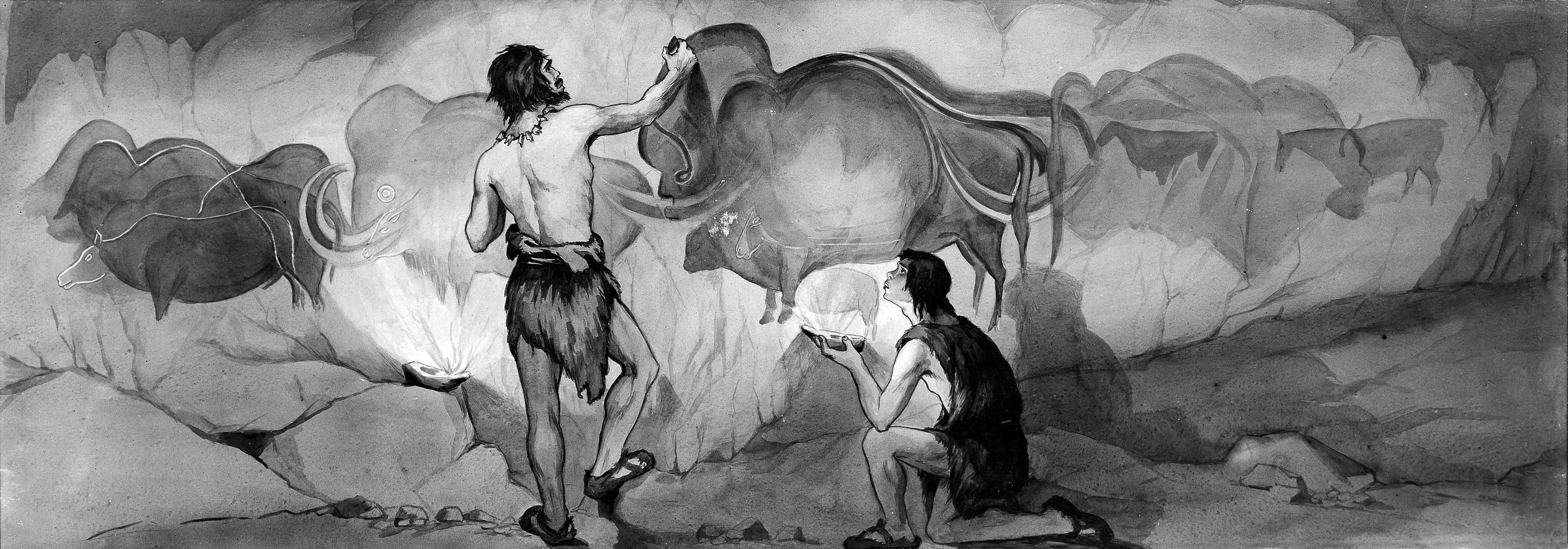
UU Paganism can be seen from two directions:
o It is the Pagan expression of Unitarian Universalism.
o It is the Unitarian Universalist version of Paganism.

Wild and Free highlights No Cost and Low Cost Places to Connect with Nature and Wildlife in South Florida
"I confess that I am partial to these wild fancies, which transcend the order of time and development. They are the sublimest recreation of the intellect. The partridge loves peas, but not those that go with her into the pot. In short, all good things are wild and free."- Henry David Thoreau, Walking
Free Entrance Days in 2024 to the National Parks
On six days in 2024, all National Park Service sites that charge an entrance fee will offer free admission to everyone. Mark your calendar for these entrance fee–free dates in 2024, and go visit Everglades National Park:
- January 15: Birthday of Martin Luther King, Jr.
- April 20: First day of National Park Week
- June 19: Juneteenth National Independence Day
- August 4: Anniversary of the Great American Outdoors Act
- September 28: National Public Lands Day
- November 11: Veterans Day
- Garden Hours: Wednesdays: 9am-3pm (June-October; last entry at 2:00pm)
- Garden Hours: Wednesdays: 9am-4pm (November-May, last entry at 3:00pm)
- Garden Hours: closed on all Palm Beach County holidays
- Hours of Operation: Daily O]open 6:00 AM to 7:00 PM
- Nature Center and Aquariums: Tuesday – Sunday, 9:00 am – 4:00 pm; Monday, 12:00 pm – 4:00 pm
- Nature Trails: Monday – Sunday, 7:00 am – Sunset
- Nature Center and Aquariums: Wednesday - Friday: 1:00 pm - 4:30 pm, Saturday: 10:00 am - 4:30 pm
- Boardwalk: sunrise – Sunset

Navigating the Night Sky of the Northern Hemisphere
“Do not look at stars as bright spots only. Try to take in the vastness of the Universe.” – Maria Mitchell (1818-1889), Unitarian and the first American woman to work as a professional astronomer.
Many Unitarian Universalists Pagans find inspiration in nature and science. The living tradition which we share draws from many sources, including the cycle of the seasons, the Sun and stars, and spiritual teachings of Earth-centered traditions which celebrate the sacred circle of life and instruct us to live in harmony with the rhythms of nature.
The Astronomical League produces monthly star maps. We have downloadable copies of the guides available, and update this page monthly once received from the League.
The Cosmic Hunt:

The Cosmic Hunt is perhaps the oldest myth. The original prototype of the story must have been told at least 15,000 years ago for it to have diffused across the Bering land bridge, as variants are common in cultures of Northern Eurasia and the Americas.

Magdalenian cave drawing. Wellcome Collection. Attribution 4.0 International (CC BY 4.0). Source: Wellcome Collection.
The first version of the Cosmic Hunt, the ancestor of all the other accounts of the story of Zeus and Callisto, would have gone something like this: a large animal is pursued by hunters; the hunt ends in the sky with the wounded animal transformed into a constellation; typically the four stars of the bowl in the Big Dipper asterism of Ursa Major. Sometimes the hunters are also placed in the firmament, represented by the stars of the Big Dipper’s handle. In some variants blood or grease may fall from the wounded animal; in an Iroquois version the blood causes leaves to change color in autumn.

Cave of the Trois-Frères, Montesquieu-Avantès, Ariège, France. This cave art appears to date to approximately 13,000 BCE. FIG. 1 is a sketch made by Henri Breuil in 1930 CE, of an engraving representing a man known as “the little shaman” masquerading as a bison, apparently lifting his left knee and holding a small bow; and two cows nearby. These figures are part of a large engraved panel depicting many animals (only one human figure, this one here), in a confusing style which the simplified lines of this sketch do not convey. FIG. 3 is an engraving on the cave wall representing a bear expelling something from his mouth. His body is covered with smallish spots or circles, and with straight lines in many directions. Henri Breuil interprets it as a bear wounded with arrow shots that looks like it’s vomiting blood. Could the little shaman be participating in the Cosmic Hunt, connecting cave art with constellations?

















